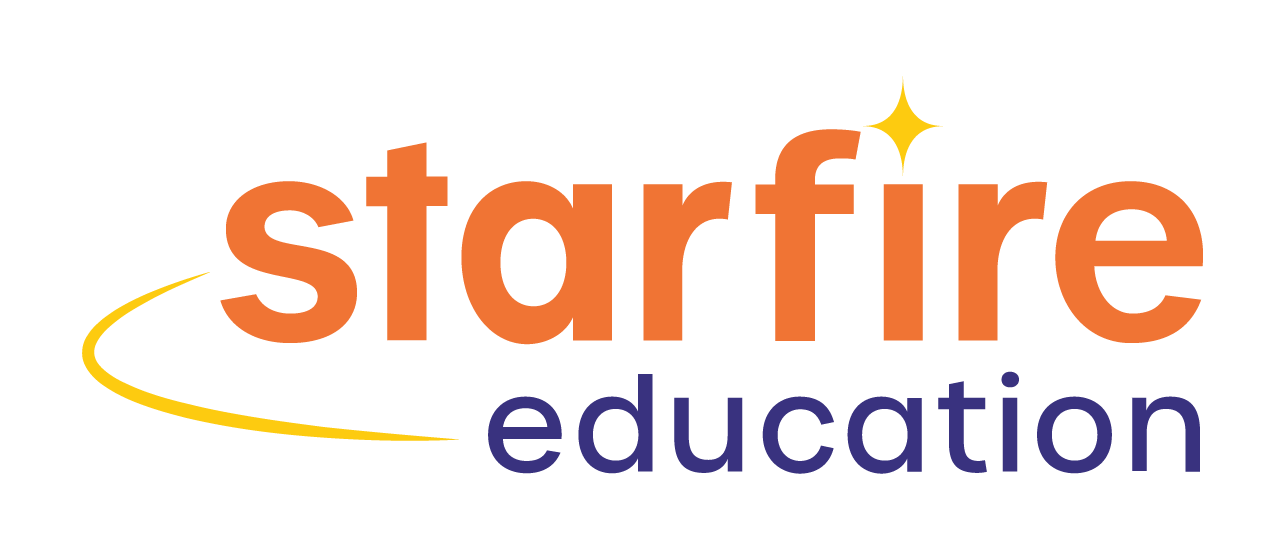CODING
In Starfire Coding students learn programming concepts that apply to real-world programming languages by coding games and animations. Learning to code is an essential skill to understand and shape the world that we live in. The process of learning to code teaches students to think critically and creatively about problems. Children who learn to code learn how to problem solve as well as use logic and systematic reasoning.
Scratch Jr. Level I
This class is for K-1 students who are new to coding. Students learn essential coding concepts while creating their own basic games and animations using basic blocks in the ScratchJr. interface. Students are prepared for ScratchJr. Level II after completing ScratchJr. Level I.
Scratch Jr. Level II
This class is for K-1 students who have completed ScratchJr. Level I. Students expand their understanding of coding as a language while creating their own structured game and animation projects using the blocks in the ScratchJr. interface. Students are prepared for Scratch Level I after completing ScratchJr. Level II.
Scratch Level I
This class is for students in grades 1-6. Scratch is a visual programming language, in which blocks of code are snapped together to create games and animations. Scratch is a robust language that can be used to code complicated games. Students will learn coding concepts and build their own games and animated stories.
Scratch Level II
This class is for students in grades 1-6 who have completed the Scratch Level I class. Students will learn advanced coding concepts and build their own advanced games and animated stories.
Advanced Scratch
This class is for students in grades 1-6 who have completed both Scratch Coding Level I and II. Students will learn advanced coding concepts and build their own advanced games and animated stories.
Animation in Scratch
From User Interface Design to digital games, as well as the development of educational material, animation plays a pivotal role in many of today’s industries. In this course, students will explore the fundamentals of animation using the Scratch coding platform.
Students should come into the class having taken at least one Scratch course previously. They will learn advanced uses of the Sprite editor and how to design animatable sprites. After learning Disney’s 12 principles of animation and the technical application of Scratch, students will learn real-world skills such as frame-based animation, procedural animation, squash and stretch, follow through, and vector versus bitmap graphics in the context of a hands-on, beginner level course.
Python Level I
This is a hands-on, project-based class where students learn to code with Python by solving programming challenges. This class is for students in grades 4-8 who have some experience coding with visual languages and want to learn Python to build games and apps. Students are eligible for this class when they have mastered Scratch or another visual based language. Students learn to think critically and creatively by solving challenging problems.
Python Level II
This is a hands-on, project-based class where students learn by solving coding challenges. This class is for students grades 4-8 who have experience coding with Python. Students are eligible for this class after taking Python Level I. Students learn to think critically and creatively by solving challenging problems.
Advanced Python
This is a hands-on, project-based class where kids learn by solving coding challenges. This class is for students grades 6-8 who have experience coding with Python. Students are eligible for this class after taking Python Level I & II. Students learn advanced applications of Python.
C++
Students in this course learn the fundamentals of C++, one of the world's most essential programming languages, with applications spanning autonomous car design to game development. C++ opens the door to the vast world of coding and development for students interested in computer science. Learning objectives include understanding the evolution of programming languages and the architecture of computers. Students learn the basics of the C++ programming language including variables and literals, data types, variable assignments and initialization, scope, arithmetic operators, comments, logical operators, and control flow. Starfire students learn through fun, project-based challenges to create their own games and software applications.
Web Development
Students in this course learn the foundational principles of web development and apply them to build websites and game pages that express their creativity. Through fun, hands-on challenges, students learn the principles of effective web design and how to create sites using HTML, CSS and Javascript. Starfire students deploy sophisticated design thinking techniques to understand their users and build a page or game to meet their needs. Web Development students exercise communication, computational thinking, creativity and confidence while developing an important digital skill-set.
Learning ScratchJr Coding with Starfire
Learning Scratch Coding with Starfire
